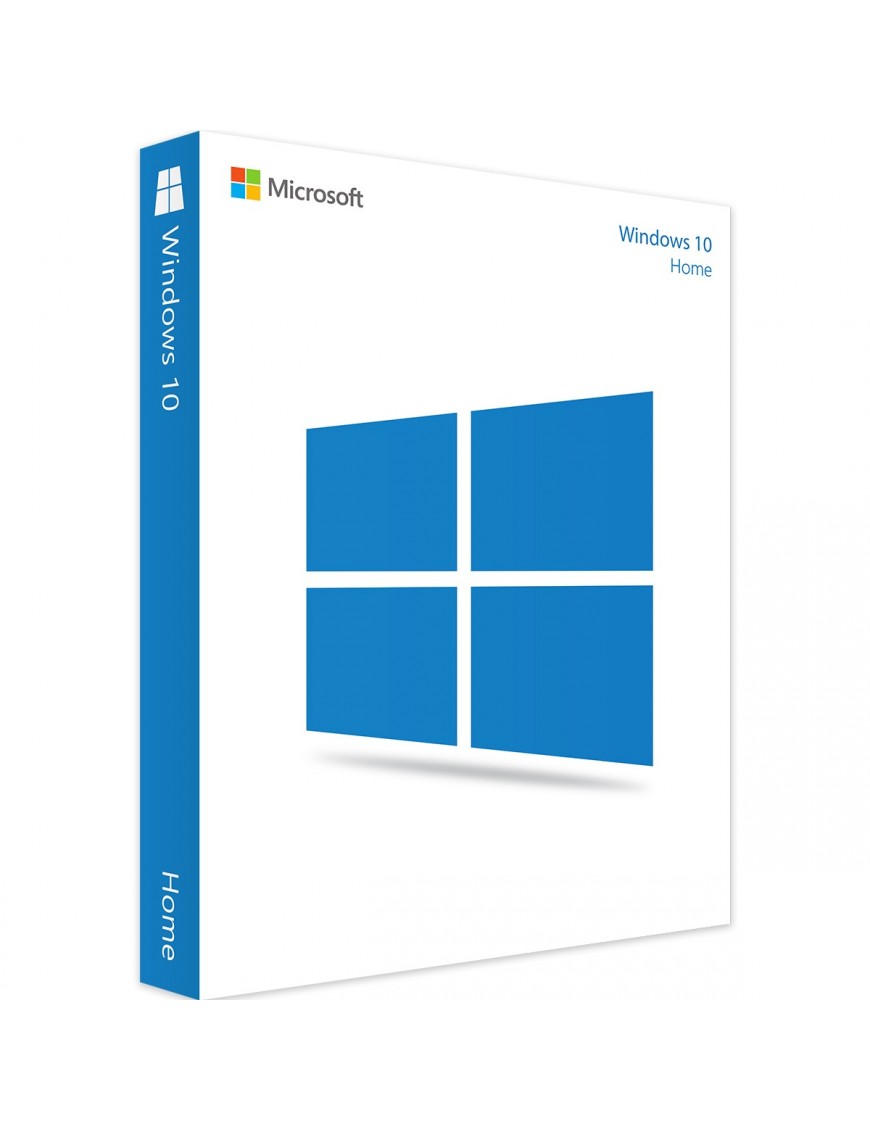
Effective communication is the backbone of any successful business. With hybrid and remote work becoming the standard for teams worldwide, staying connected and coordinating efforts is more crucial than ever. office 365, Microsoft’s industry-leading productivity suite, offers a range of advanced team communication tools designed to make collaboration simple, effective, and seamless. Let’s explore the benefits and why these tools are redefining teamwork.
Enhanced Real-Time Collaboration
Communication in the workplace doesn’t just mean sending messages or sharing files — it’s about ensuring everyone is aligned and productive in real time. Office 365 excels at this with its suite of integrated tools, including Microsoft Teams, SharePoint, and OneDrive.
Microsoft Teams
Microsoft Teams is a powerhouse when it comes to real-time communication. More than just a chat platform, it offers features like instant messaging, voice and video calls, and seamless integration with Office tools like Word, Excel, and PowerPoint.
Streamlined Meetings: Teams makes virtual meetings a breeze with support for shared screens, collaborative whiteboards, and live reactions. 79% of professionals report higher productivity during meetings on Teams than on standalone platforms.
Document Collaboration: Teams allows multiple users to edit a single document simultaneously, ensuring faster decision-making and reducing the need for email attachments.
SharePoint and OneDrive
SharePoint and OneDrive simplify document storage and access, eliminating miscommunication caused by scattered files.
Centralized Sharing: Create and share folders with your team, keeping everyone on the same page.
Automatic Updates: Cloud-based storage means changes are synced instantly, preventing issues like duplications or outdated versions.
Break Down Silos with Seamless Integration
Office 365’s standout feature is its ability to integrate various tools for workflow harmony. Businesses often face challenges when using multiple disconnected apps to manage projects, communications, and document sharing. Office 365 eliminates these obstacles by unifying tools under one platform.
For example, when working on a project, your team can chat in Microsoft Teams about details while simultaneously editing a shared Excel spreadsheet. This kind of integration enhances productivity by reducing the time spent switching between apps and searching for information.
Statistic Highlight: According to a report by Forrester Research, businesses using Microsoft Teams save an average of 4 hours per week per user by eliminating redundancies and delays.
Anytime, Anywhere Connectivity
Modern teams don’t just work from their desks—they work from home, coffee shops, airports, and everywhere in between. Office 365 enables effortless communication for teams, no matter where they are. Key benefits include:
Cloud-Based Access: With Office 365, your team’s tools and documents are accessible from any device with internet access.
Mobile Optimization: Dedicated mobile apps for tools like Outlook and Teams ensure that your team can stay connected and responsive on the go.
This flexibility enables smoother collaboration, even across time zones, keeping remote teams just as cohesive as those sitting in the same office.
Cost and Time Savings
Beyond communication and organization, Office 365’s tools provide measurable financial value. Businesses save on operational costs by reducing the need for third-party apps, improving asset management, and minimizing wasted time.
Reduced IT Costs: With everything integrated into one platform, businesses cut spending on extra software.
Efficient Task Execution: Sharing feedback on collaborative platforms reduces task bottlenecks, speeding up project timelines.
Statistic Insight: Businesses that fully adopt Microsoft Office 365 can expect a return on investment of over 200% within three years according to a Total Economic Impact study conducted by Forrester.